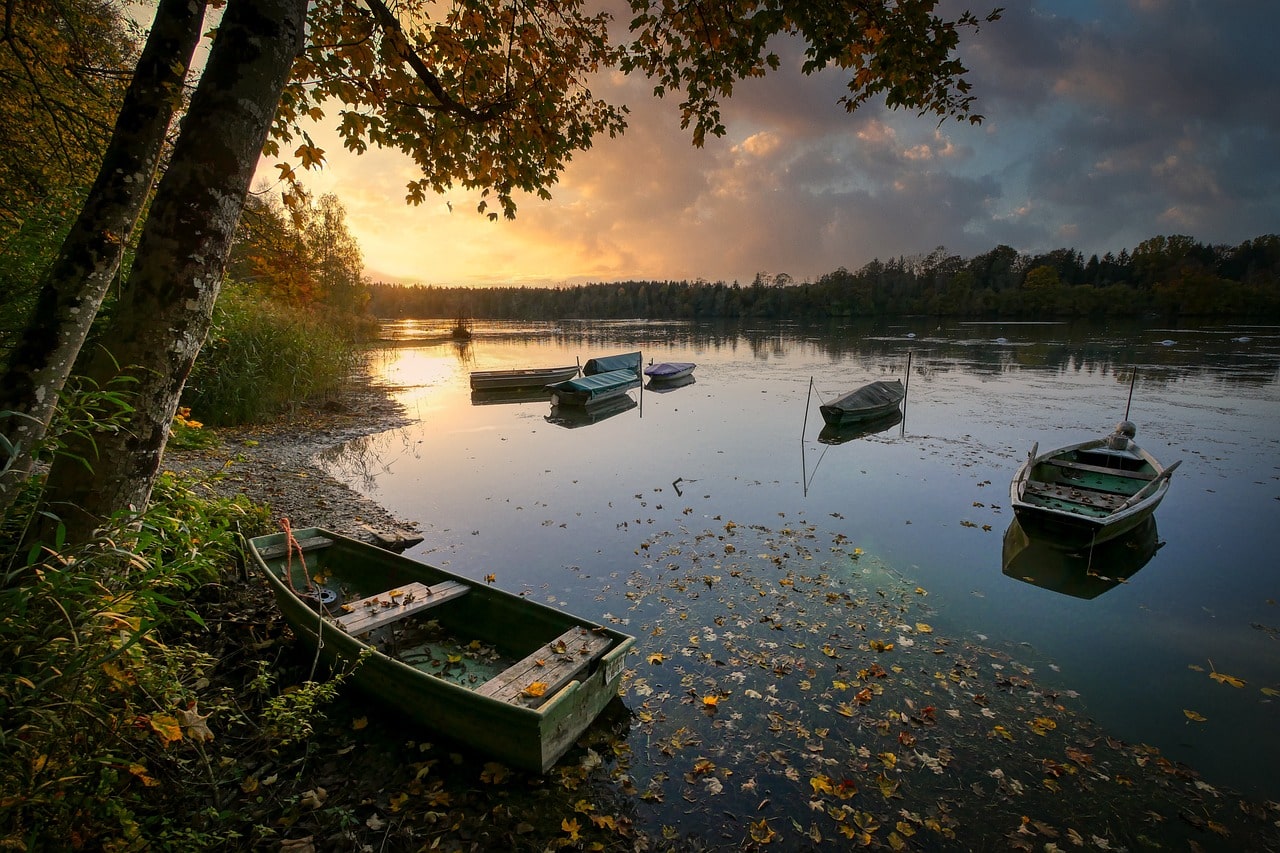Prepare to be fascinated by the unique geological history of Sun Lakes in Washington’s North Central region. These lakes, formed in the ancient river gorge of the Columbia River, are the result of the Missoula Floods over 20,000 years ago. This extraordinary geological event carved out the Grand Coulee Gorge, leaving behind a series of lakes amid striking basalt cliffs and sagebrush plateau. The beauty of the scablands makes these lakes a surprising oasis in an arid landscape, designated a National Natural Landmark.
Within the lower Grand Coulee Gorge, Sun Lakes consists of a series of interconnected lakes, including Soap, Deep, Lenore, Alkali, Blue, and Park lakes. These lakes are part of an irrigation system at Banks Lake in the Upper Grand Coulee Gorge. Water from Banks Lake flows down the gorge, replenishing the Sun Lakes before reaching Soap Lake. The gorge also features Dry Falls, a massive ancient waterfall, now a major attraction within the Sun Lakes-Dry Falls State Park.
The Sun Lakes-Dry Falls State Park spans 4,000 acres and has 73,600 feet of shoreline. Visitors can enjoy hiking, fishing, boating, and swimming. Park Lake, the largest park, offers a modern campground, swimming area, and rental cabins. Blue Lake, known for its trout fishing, hosts several resorts. Lenore Lake, famous for Lahontan cutthroat trout, is a favorite among anglers.
Soap Lake, the final lake in the series, has a high mineral content and was once a renowned health spa. The City of Soap Lake aims to revive its spa-town reputation by offering unique attractions like a community theater, an art museum, and plans for a giant lava lamp installation.
Get ready for an adventure at Sun Lakes, where a diverse range of outdoor activities, from fishing and boating to hiking and nature observation, await you. Sun Lakes is the ideal vacation spot for outdoor enthusiasts in central Washington because it offers many alternatives.

